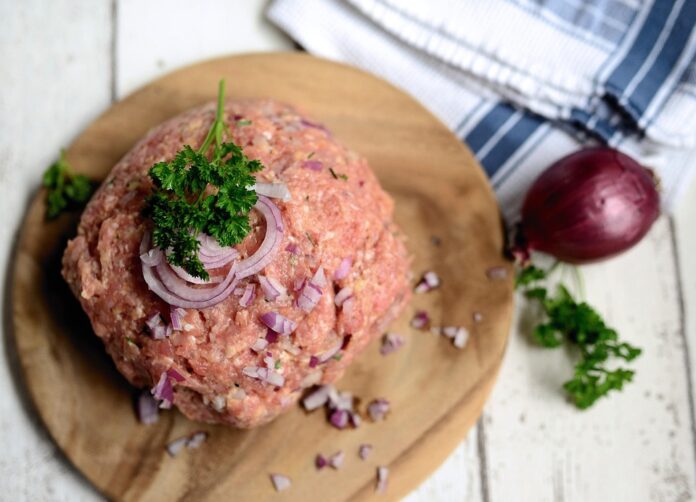The Role of AI and Robotics in Automated Meat Cutting and Packing
In recent years, the meat processing industry has seen significant advancements in technology, particularly in the use of artificial intelligence (AI) and robotics to automate meat cutting and packing processes. This shift towards automation has not only improved efficiency and productivity but also enhanced food safety and quality control. In this report, we will explore the key role that AI and robotics play in the automated meat cutting and packing industry.
Advantages of AI and Robotics in Meat Processing
AI and robotics offer several advantages in meat processing, including increased speed and precision in cutting and packing operations. By using advanced algorithms and sensors, AI-powered machines can accurately identify different cuts of meat and pack them efficiently. This level of precision is difficult to achieve with manual labor, as human error can lead to inconsistencies in the final product.
Furthermore, AI and robotics can also enhance food safety by minimizing the risk of contamination. By automating the meat cutting and packing process, the chances of human contact with the product are reduced, thus lowering the risk of bacterial contamination. This is particularly important in the meat processing industry, where food safety is a top priority.
Financial Impact of AI and Robotics in Meat Processing
The adoption of AI and robotics in meat processing has had a significant financial impact on companies in the industry. By automating labor-intensive tasks, companies can reduce labor costs and improve overall efficiency. This has led to increased profitability for many meat processing companies, as they can produce more product in less time.
According to industry data, companies that have implemented AI and robotics in their meat processing operations have seen an average increase in productivity of 25% to 30%. This increase in productivity has translated to higher revenues and lower production costs, ultimately leading to improved profit margins.
Companies Leading the Way in Automated Meat Cutting and Packing
Several companies are at the forefront of using AI and robotics in automated meat cutting and packing. One such company is JBS USA, a leading meat processing company that has invested heavily in automation technology. JBS USA has implemented cutting-edge robotics systems in their facilities, allowing them to increase production efficiency and ensure consistent product quality.
Another company making strides in automated meat cutting and packing is Tyson Foods. Tyson Foods has partnered with tech companies to develop AI-powered machines that can accurately cut and pack meat products. This investment in technology has helped Tyson Foods streamline their operations and improve overall profitability.
Industry Insights and Trends
The meat processing industry is constantly evolving, with new technologies and trends shaping the way companies operate. One of the key trends in the industry is the increasing use of AI and robotics to automate meat cutting and packing processes. This trend is expected to continue as companies look for ways to improve efficiency and reduce costs.
Another important trend in the meat processing industry is the focus on sustainability and environmental responsibility. Companies are increasingly looking for ways to reduce waste and minimize their carbon footprint. AI and robotics can play a key role in achieving these goals by optimizing production processes and reducing energy consumption.
In conclusion, the role of AI and robotics in automated meat cutting and packing is crucial for the continued growth and success of the meat processing industry. By leveraging advanced technology, companies can improve efficiency, enhance food safety, and increase profitability. As technology continues to advance, we can expect to see even more innovations in the meat processing industry, further improving the way meat is cut and packed.



